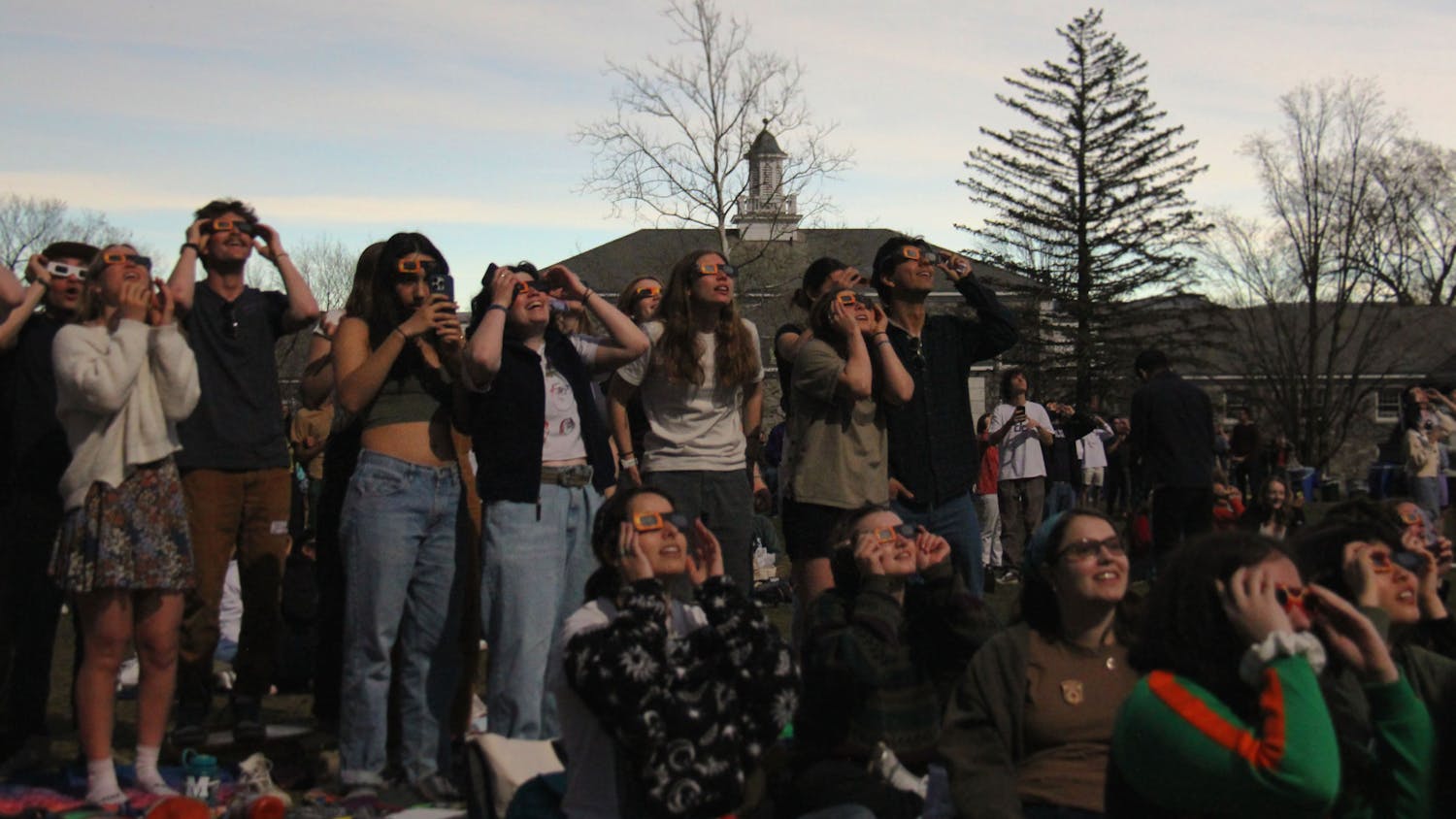Students in the Sociology & Anthropology course Trust and Social Capital recently produced a paper analyzing causes and effects of exclusion on Middlebury’s campus. The department released the paper titled “Trust and Social Capital at Middlebury College: An Analysis of Community and Isolation,” and investigated inequality in four principal sections: race, economic isolation, the queer community and body image.
“I want (this paper) to be a moment of honesty, for us. To look at what our campus culture is right now and for everybody in their own way to do something about it,” said co-author Eva Bod ’20.
The paper combines the results of interview case studies and a 27-question online survey completed by 607 respondents. The survey represents a relatively even distribution of class years, but is more heavily weighted toward female respondents and non-varsity athletes, representing 60.6 percent and 80.7 percent of respondents respectively.
In the section on race, the writers noted the frustration felt by respondents of color, 70 percent of whom revealed feeling a disconnect between the administration’s ideology and practice when it comes to people of color.
The paper describes a “pervasive sense of racially-based isolation on campus.” In particular, students discussed geographical segregation on campus, with certain areas, such as Atwater parties, the central areas of the dining halls and the gym being widely acknowledged as white and/or for athletes. The Anderson Freeman Center received conflicting reviews, with some students lauding the space as accepting, and others feeling as though the center spreads itself too thin in attempting to act as a resource for all minority identities.
“We have a lot of work to do toward supporting students who are historically from marginalized groups,” said Dean of Students Baishakhi Taylor, who met with the students to discuss their results. “We all have to work towards building it back and it is not on the students alone to do so.”
Recent administrative efforts addressing these feelings of exclusion include the recent hiring of Renee Wells as director of education for equity and inclusion and the creation of a faculty committee on diversity and inclusion.
The section on economic isolation also echoes ideas of exclusion — especially for students of color, student-employees and first-generation students — discussing how expenses prevent students from fully participating in college life. For example, 49 respondents mentioned being unable to afford concert tickets and 36 noted they were unable to participate in clubs and sports due to the extra costs.
The Snow Bowl, in particular, highlights the economic stratification on campus. Skiing and snowboarding, activities over which students build friendships, are too costly for many students. The paper suggests the school establish gear exchanges or create less expensive activities, such as ice skating, so that low-income students can engage with the Snow Bowl.
For this economically isolated cohort of students, working on campus can be an alienating experience. Not only do students miss out on bonding time with non-working friends, but also the interactions they do have while working may be atypical. An interviewee said, “you’re not always treated as you’d expect to be, and it’s weird interacting with other students as a student versus as a laborer.”
In the section on style and exclusion in the queer community, the writers draw attention to the way queer students use clothing as a form of communication, a way to implicitly broadcast their sexual identity to others and avoid having to explain it out loud.
The paper also highlights the challenge for students who feel on the periphery of the queer community. The question of who is queer enough to be included was a common theme in the survey and interviews. An interviewee said, “I hate when I used to go to [Queer House] events and people in the “queer” community would tell me I looked too straight to be there. [My presentation] doesn’t mean I don’t love women.”
The writers suggest using non-queer spaces for queer events, like holding a drag show in McCullough, as a way to spread acceptance of the LGBTQ+ community. They also offer the suggestion of hiring a queer-specific staff member.
The last section, on body image as a source of social isolation, examines perceived attractiveness. According to the survey, 74.1 percent of respondents defined the “good body” at Middlebury to be toned and athletic. Furthermore, 70.7 percent said that being “skinny” is what constitutes the good body.
The data also presents a striking contrast between athletes — over 80 percent of whom identified themselves as “attractive” — and students of color and economically isolated students, who reported feeling less attractive than their white, or more well-off peers, respectively.
Lastly, the section highlights the dining halls and the gym as spaces where students negotiate ideas of thinness and beauty. 58 percent of survey respondents reported thinking that people take note of what they eat, and another 46 percent thought others take note of how often they work out.
“The students have put their fingers on a number of wicked problems,” said Anthropology professor Mike Sheridan, referring to problems that evolve as one tries to solve them. He said there is little chance that his students’ suggestions for improvement would be completely effective. However, he concluded, “without clumsy solutions, we’re just stuck living with wicked problems.”
SOAN Class Analyzes Exclusion on Campus
Comments



